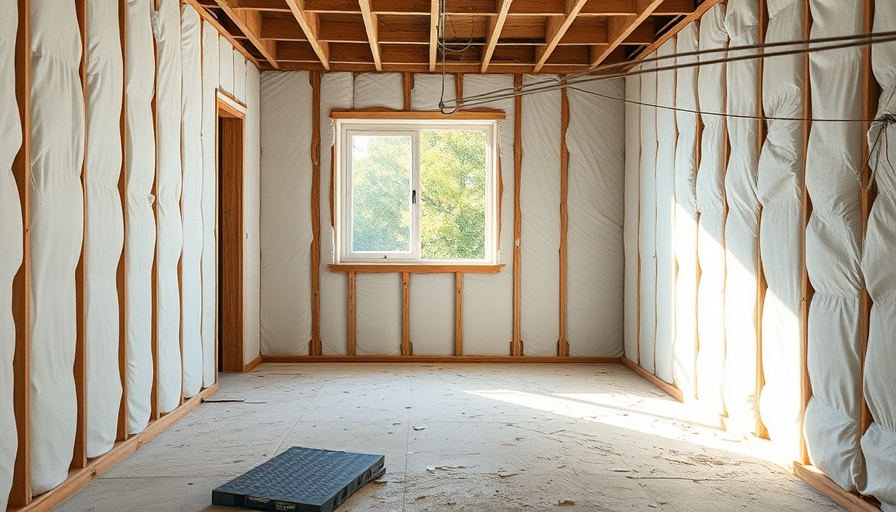
Understanding Green Building
Green building is at the forefront of architectural innovation, representing a transformative approach to designing and constructing structures that prioritize environmental responsibility and occupant well-being. As global challenges like climate change and resource depletion intensify, the adoption of sustainable construction practices becomes not just beneficial but essential.
The Importance of Sustainable Materials
One of the core aspects of green building is the selection of sustainable materials. Choosing eco-friendly materials—such as recycled steel, bamboo, and low-VOC paints—can make a significant impact by lowering a building's carbon footprint. This aligns closely with common practices as outlined in industry standards, which advocate for the use of materials that not only reduce environmental impact but also enhance indoor air quality.
Efficient Energy Systems
Energy efficiency is paramount in green construction. Utilizing technologies like smart HVAC systems, LED lighting, and building automation software can drastically reduce energy consumption over a structure's lifetime. The integration of renewable energy sources, such as solar panels and wind turbines, further empowers buildings to be both self-sufficient and sustainable. These innovations not only help the environment but can also lead to significant cost savings.
The Evolution of Construction Practices
The construction industry is witnessing a paradigm shift with the rise of methodologies such as Building Information Modeling (BIM). This technological advancement enables builders to visualize projects in detail before construction starts, optimizing resource use and minimizing waste. As projects become more complex, these tools provide a streamlined approach to sustainable planning and execution.
Addressing Indoor Air Quality
A critical but often overlooked aspect of green building is **indoor air quality**. Low-VOC (volatile organic compounds) materials, along with advanced ventilation systems, can reduce the presence of harmful chemicals indoors, making buildings healthier for occupants. As the public becomes increasingly aware of health-related environmental issues, the demand for healthier indoor environments is surging, making it imperative for builders to integrate these considerations into their projects.
The Rise of Smart Building Technologies
With technology being a cornerstone of modern construction, smart building management systems are revolutionizing how buildings operate. These systems can adjust energy usage based on real-time data, improving efficiency while maximizing occupant comfort. The future of green buildings depends heavily on such innovations, as they play a crucial role in meeting sustainability goals.
Future Trends in Green Building
Looking ahead, the construction sector must continue evolving to meet both environmental challenges and consumer expectations. Digital tools, modular construction, and sustainable practices are not just trends; they are essential strategies for resilience against climate change. As more industries recognize the importance of sustainable construction, collaboration across sectors will pave the way for a greener future.
Conclusion: Why Green Building Matters
By adopting these sustainable practices, we can significantly enhance the quality and longevity of our built environments. Not only does green building reduce environmental impact, but it also leads to healthier spaces for all. As you consider your next construction project, think about how the principles of green building can positively affect both the community and the planet.
 Add Row
Add Row  Add
Add 






Write A Comment